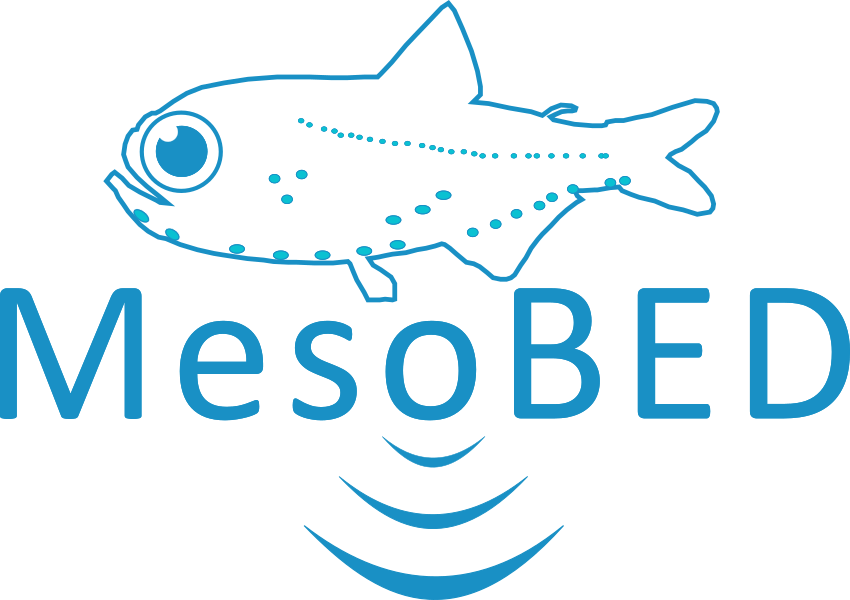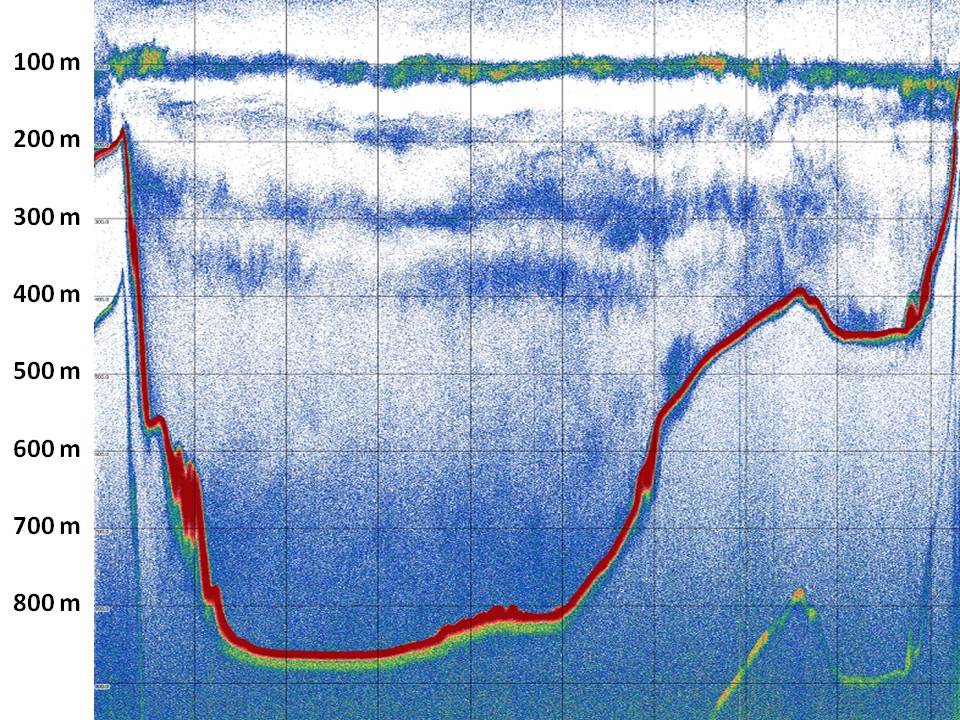MESOpelagic fish: Biology, Ecological role and Distribution of a disregarded trophic link
Mesopelagic fish constitute the most abundant fish group and vertebrate group in general. They are generally small fish inhabiting the mesopelagic zone (usually 200-1000 m) which form, together with other organisms (large zooplankton, squids etc.). Deep Scattering Layers detected by echosounders. MesoBED aims to study the populations of mesopelagic fish in the Greek seas. Specifically it will deal with the distribution, biology and ecological aspects of mesopelagic fish species in selected study areas. Acoustic surveys on board R/V Philia will take place in order to provide biomass estimates in these areas. Laboratory analyses and measurements of fish samples will aim to study their reproduction, feeding habits as well as age and growth. Finally, an ecosystem model will be used to explore the ecological role of mesopelagic fish.


